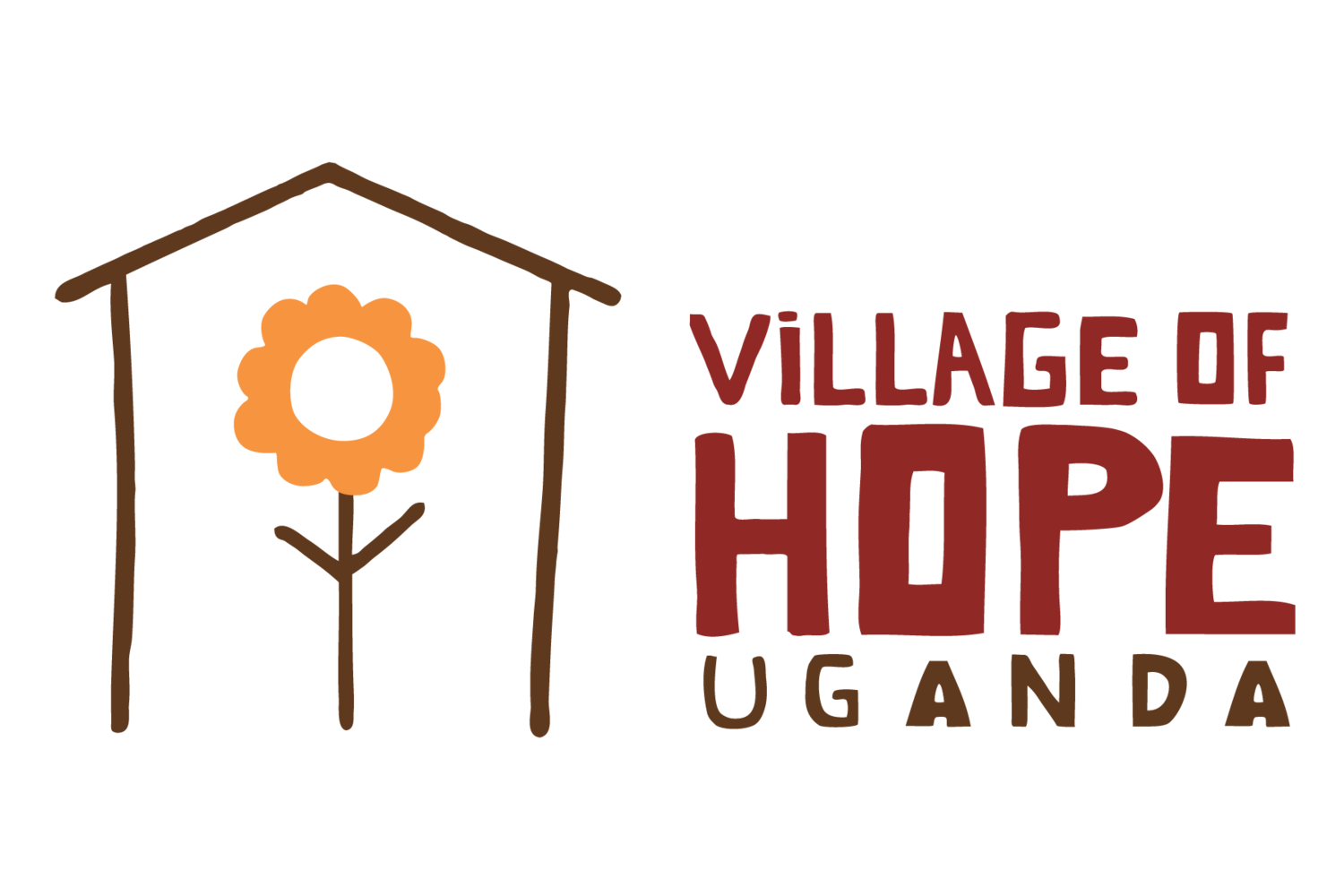
History
Uganda & The Lra
The Lord’s Resistance Army (LRA)
The LRA, known as the Lord’s Resistance Army, perpetrated a twenty-year conflict with the Ugandan government. This complex conflict was rooted in British ‘divide and rule’ colonialism, then perpetuated by subsequent Ugandan governments. In 1989, after former president Milton Obote’s government was overthrown, the LRA, led by Joseph Kony, initiated an armed struggle against current President Yoweri Museveni’s government. The LRA soon began terrorizing the northern Acholi civilian population as a means to obtain supplies, garner attention, and challenge the Ugandan government.
Although the LRA initially gained support from local people who had grievances against the current Ugandan administration, their brutal tactics eventually isolated their base of support. The LRA then turned to abducting children, forcing them to become soldiers or sex slaves. During the peak period of attacks, villagers and their children sought refuge nightly in the security of town centers, walking up to 10 kilometers every day to sleep on sidewalks, in hospitals, tents, and parks, waking before dawn to return to their homes and schools.
Uganda armed forces pushed the LRA out of Northern Uganda in 2006, though some attacks were reported in the area during subsequent years. A weakened LRA remains at large and is believed to be living in a contested, jungle area along the borders of Sudan, South Sudan and the Central African Republic (CAR). According to recent defectors, the LRA is now made up of just several dozen people. Their leader, Joseph Kony, is one of Africa’s most notorious warlords and is wanted by the International Criminal Court (ICC) for war crimes and crimes against humanity.
IDP Camps
The region’s population of nearly two million people were forced into internally displaced people (IDP) camps. Originally viewed as refuges from LRA attacks, the camps were vulnerable and inadequately equipped. One report cited an estimated 1,000 people died weekly due to poor health and sanitation provisions alone. It is believed that 70% of IDP residents were children. The last of the camps was closed in 2012, though many former camp residents have settled in those areas. Six of those former camp areas have become service hubs for VOH.
The Aftermath
No one knows the true magnitude of death and destruction brought on by the LRA in Uganda. A United Nations report in 2016 found the LRA was responsible for more than 100,000 deaths, the abduction of between 60,000 and 100,000 children, and the displacement of as many as 2.5 million civilians in Central Africa between 1987 and 2012. Though the Acholi people have lived in relative peace for more than 10 years, they continue to suffer the after effects of the two-decade war. The latest Uganda census reports more than 1.5 million orphans under the age of 17 in the country with more than 436,000 orphans living in the northern region where VOH serves. According to the same census, more than 2,200 orphans in the northern region live in child-headed households. Many other orphans we serve live with an elderly relative who is sick from HIV/AIDS.
The rebels came and abducted me…
“They abducted me and gave me heavy loads to carry on my head. One day when we were resting, the rebels were sleeping, but for me - I did not sleep. I ran. When I reached home, I found my mother and father were dead. I was left to care for my seven siblings. I was 14 years old.”
— Peter (pseudonym), VOH youth
“The LRA came and found us sleeping in one of the huts and they picked two of us and they went with us. After two weeks, I and other children at the same ages were released but other children were not released up to now including my brother.”
— Denis (pseudonym), VOH youth
“One day the rebels came to our home. They told my father, if he would give them money, they would not take me. My father had the money, but he said, ‘she is worthless to me, take her.’ I spent the next years with the rebels, where they forced me to do many terrible things.”
— Sandra (pseudonym), VOH youth



